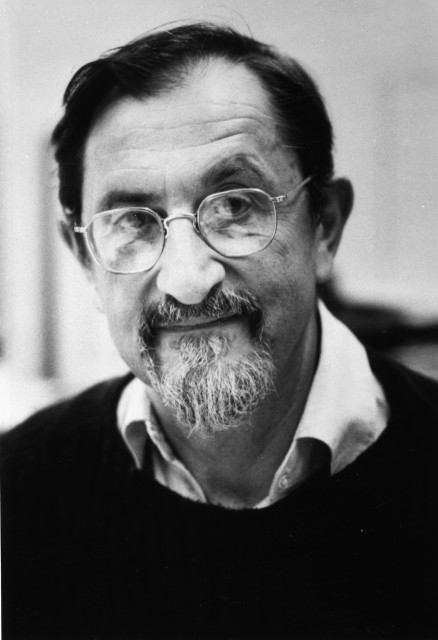Martin Karplus
1930-

Karplus is known for pushing forward the frontier of theoretical chemistry while at the same time keeping close contact with experimental developments. He enhanced our understanding of nuclear spin-spin coupling. The well-known Karplus equation, which deals with the angular dependence of vicinal proton coupling in NMR specta, has been important for conformational analysis of organic molecules and of the secondary structure of proteins. In another area, he was among the first to apply classical dynamic calculations to gas-phase chemical reactions (i.e., H + H2), particularly relevant to the study of crossed molecular beams. His later research deals with theoretical studies on molecules of biological interest. Among these are calculations on the ground and excited states of the visual pigment retinal, on motional processes in proteins including side-chain rotations, opening and closing of active site clefts, and entrance and exit of oxygen from the binding site of myoglobin, and on nucleic acids. He has published over 500 articles.
Karplus was born in Vienna, Austria, became a naturalized U.S. citizen in 1945, took his B.A. at Harvard (1950) and his Ph.D. at Cal Tech (with Linus Pauling, 1953). After periods on the faculties at Illinois (1957-60) and Columbia (1960-66) he returned to Harvard where he is Theodore William Richards Professor of Chemistry. Among his awards are the Irving Langmuir Award in Chemical Physics from the American Physical Society (1987) and the first ACS Award in Theoretical Chemistry (1993).
Location in chemistry building: Basement Floor; Elevator area East Wall; Sequence 3
Source: Professor Karplus